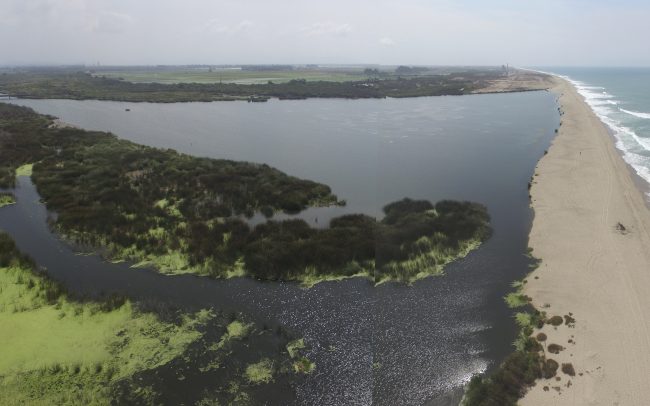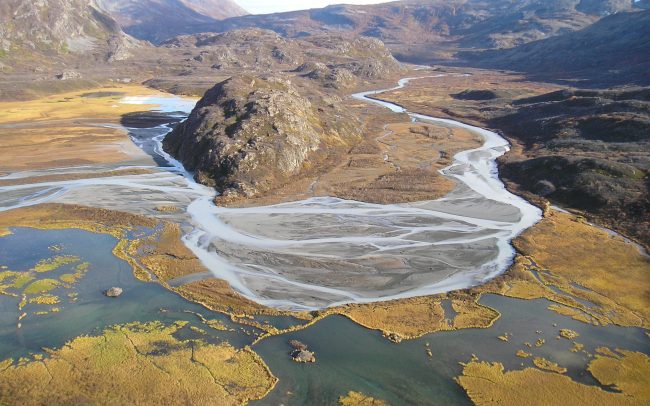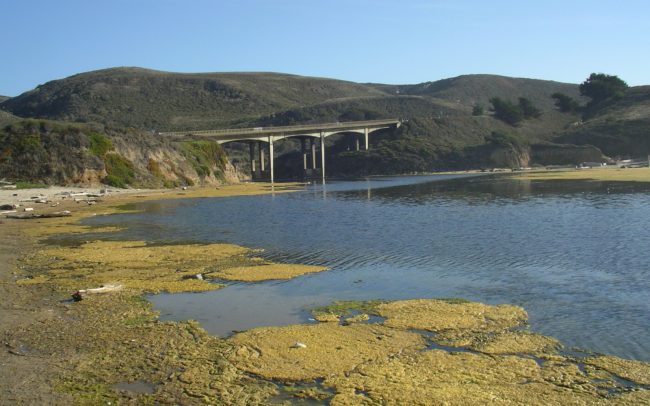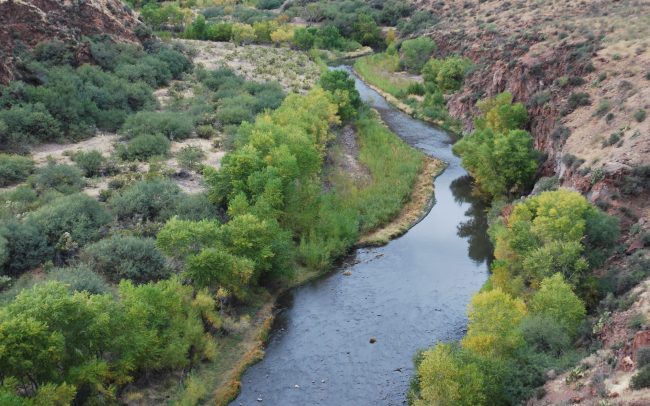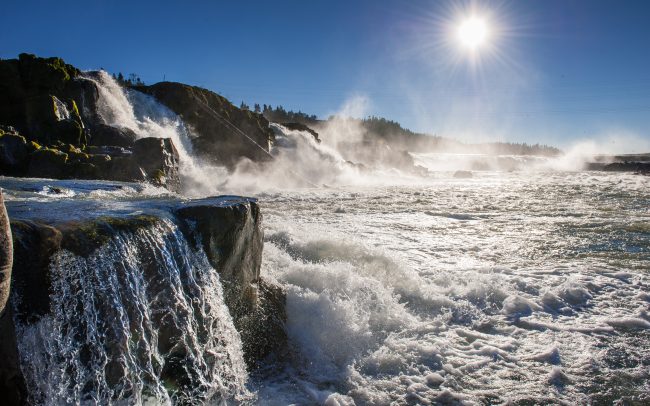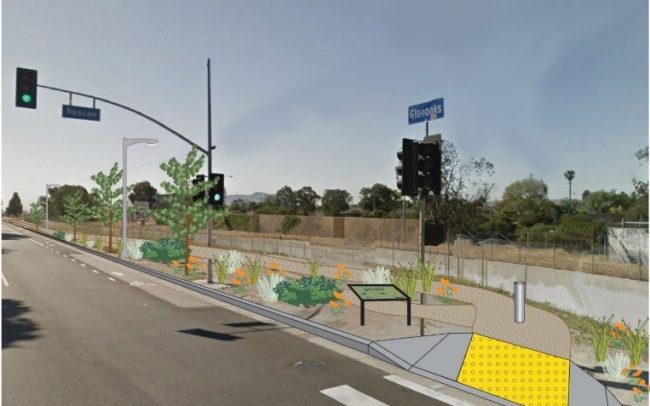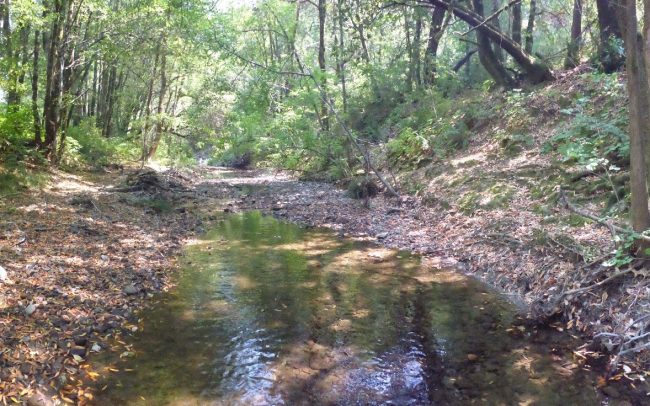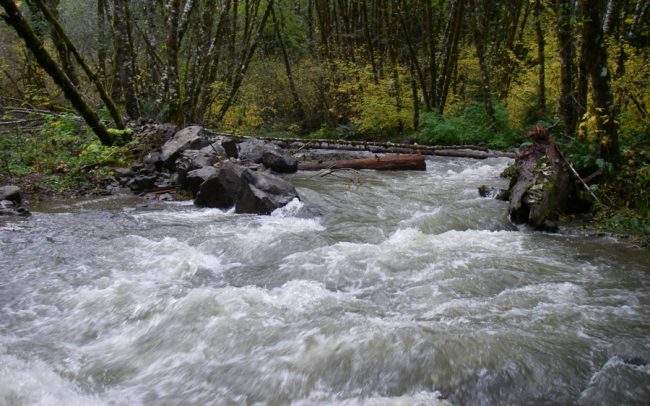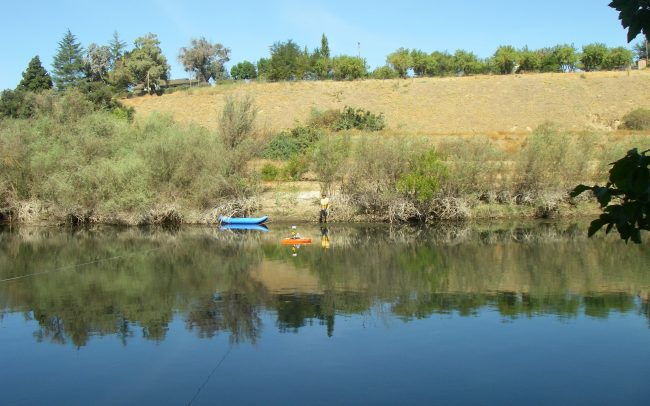Bare mudflats came alive again with octopus, crabs, slugs, and juvenile fish as Stillwater completed a nearly 1-acre eelgrass bed restoration project along Humboldt Bay in northern California. Eelgrass is a protected habitat in Humboldt Bay and is heavily used by shorebirds, juvenile fish, and marine invertebrates. The project, as mitigation for an idle fuel pipeline removal within the Bay, also included salt marsh habitat restoration.
Stillwater scientists evaluated potential impacts of conducting the pipeline removal, including surveys for tidewater gobies and rare plants, mapping vegetation, and conducting a wetland delineation. We developed a Conceptual Habitat Mitigation, Restoration and Monitoring Plan to guide post-project restoration. Stillwater biologists worked with agencies and local nurseries to come up with a feasible plan to transplant eelgrass into the disturbed site. The science for eelgrass restoration is still developing, so part of the challenge was to develop acceptable protocols and monitoring standards to demonstrate project success.
Our local presence has benefitted PG&E because of our long-standing relationships with agency personnel and familiarity with resource management issues of Humboldt Bay. This allowed us to not only “hit the ground running” but also to anticipate potential concerns of the permitting/regulatory agencies and address these concerns up front, to be pro-active, and ultimately cost-effective while maximizing environmental benefits.

